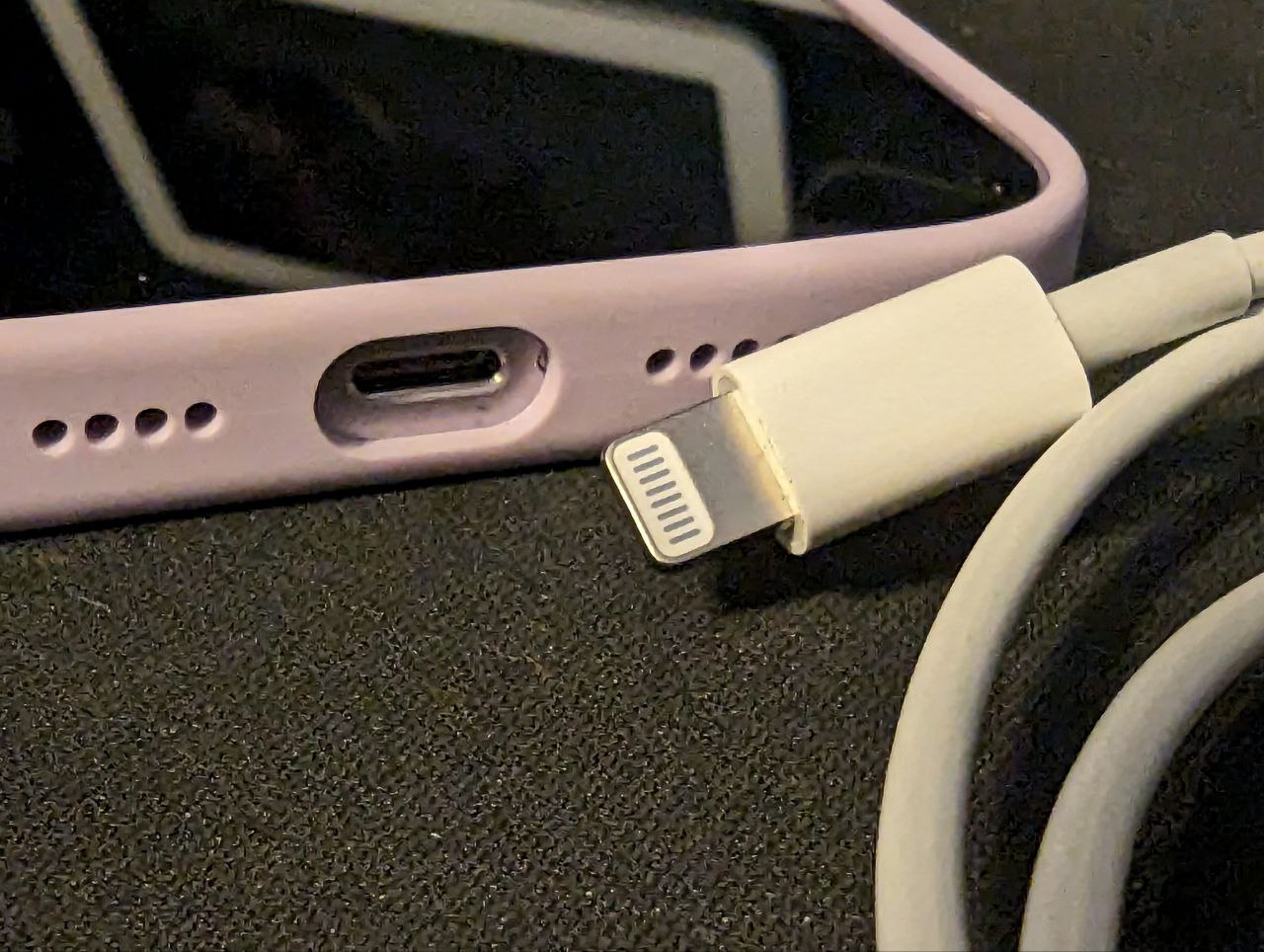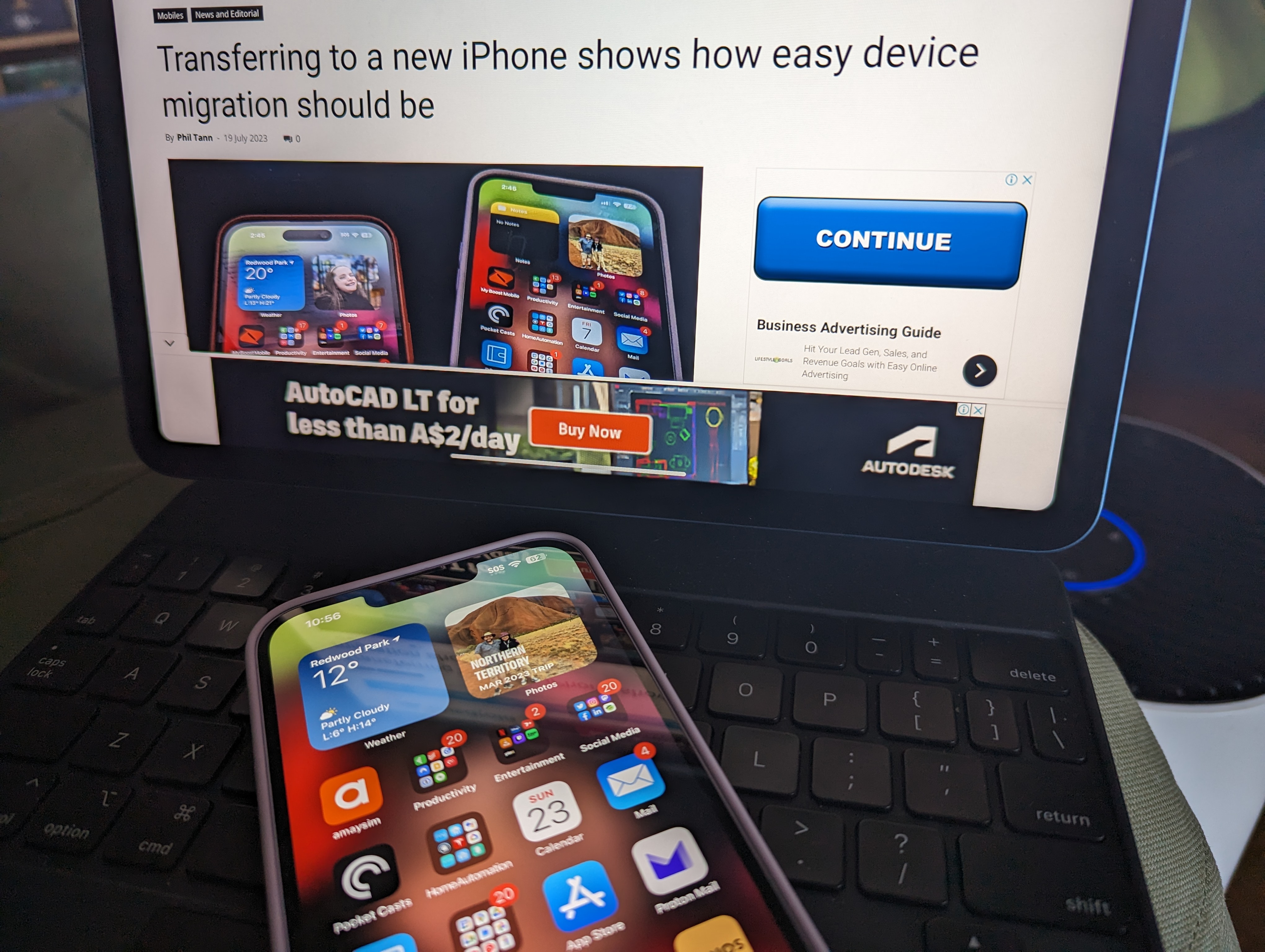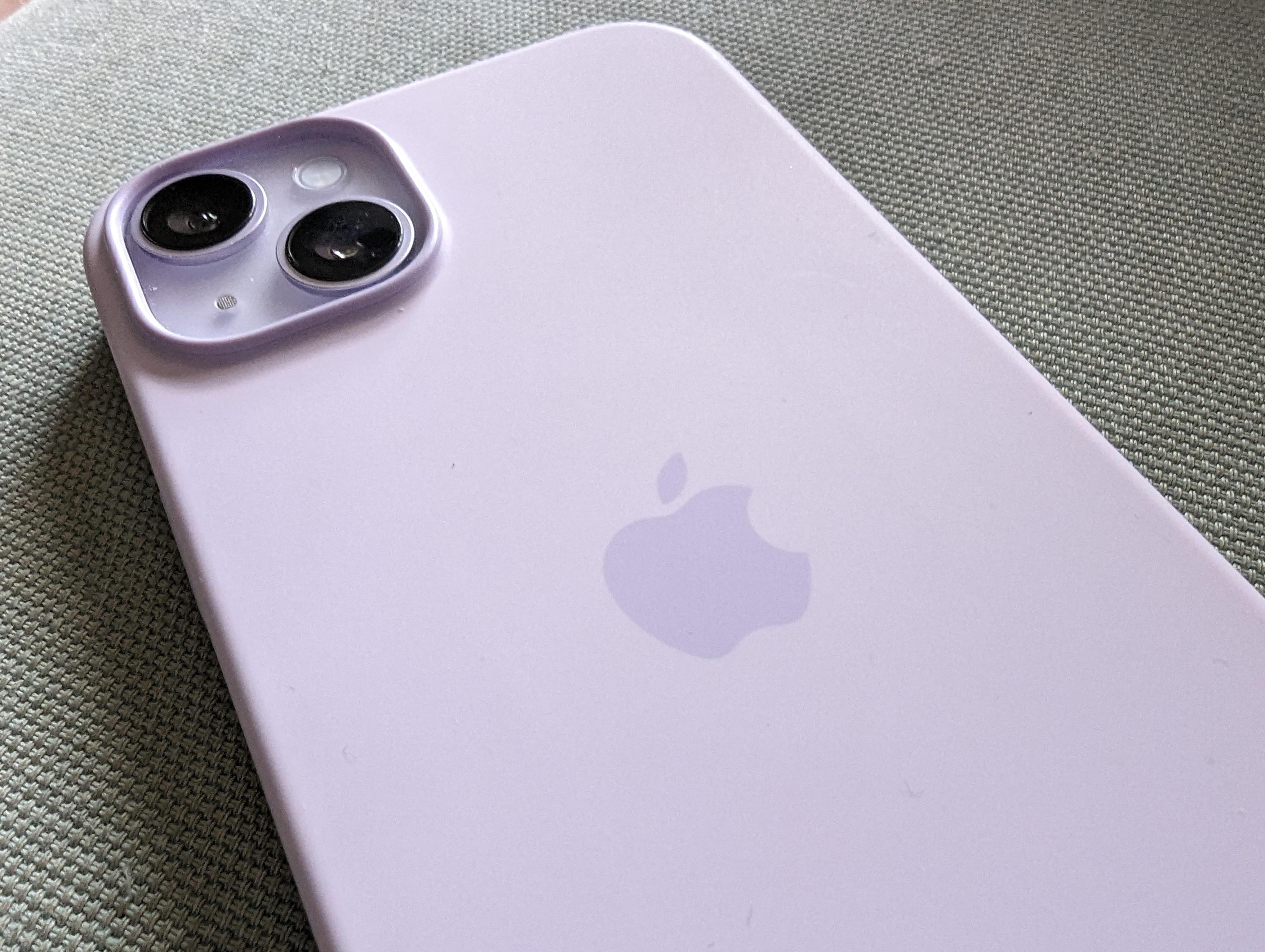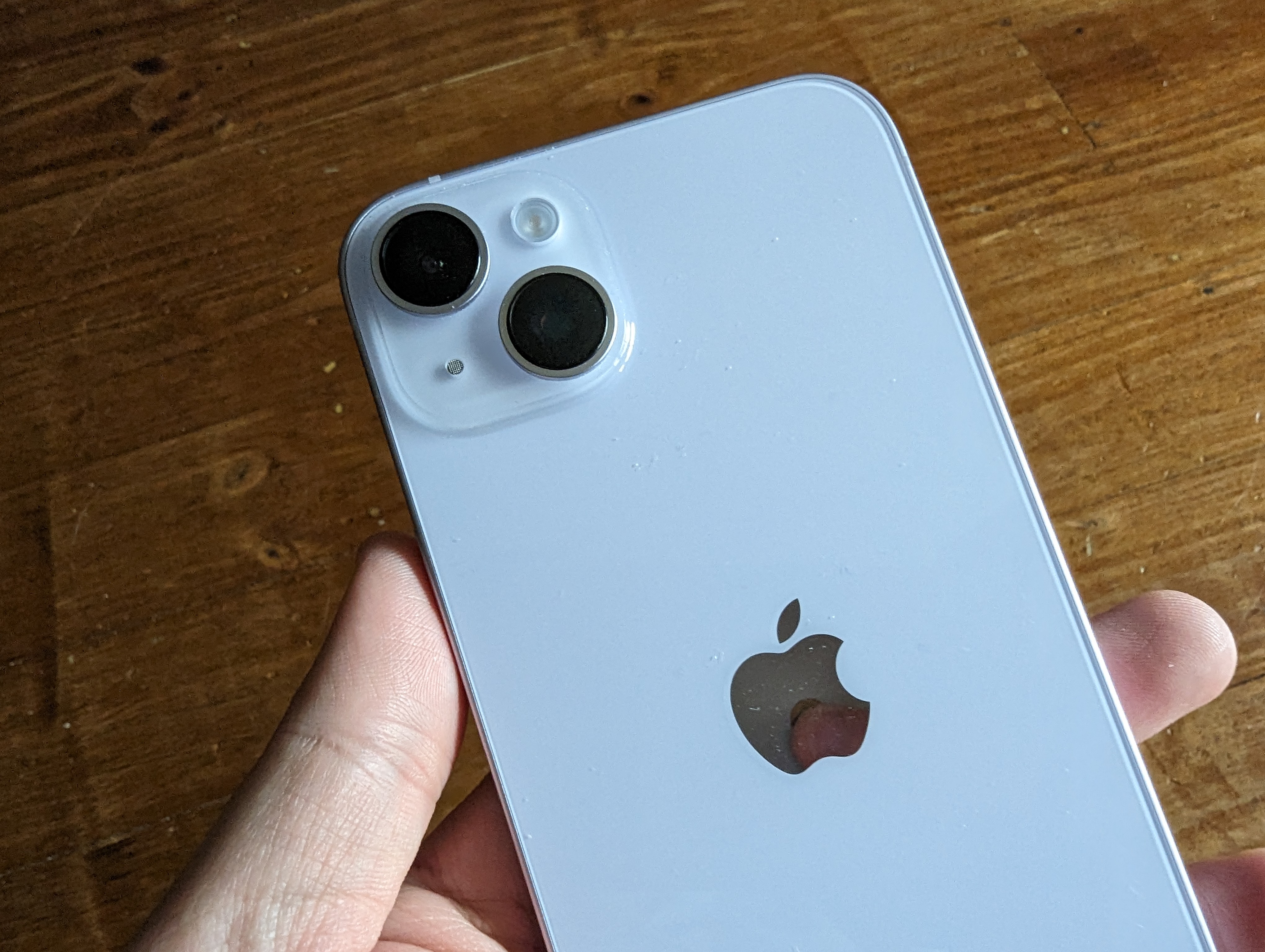A few months ago, I published a review of the Apple iPhone 14 Pro, which was a really good experience. Immediately after finishing that review, I migrated to the iPhone 14 Plus, and it’s been a good but surprisingly different experience.
In typical Apple form, the iPhone 14 Plus has some nice hardware and Apple’s silicon to drive the device’s performance.
A look at the hardware
To my recollection, there haven’t been any Apple “plus” phones for a few years; there have been Pro and Max devices, but no Plus option. So, the iPhone 14 Plus signals a bit of a return to value for users who want a bit more without spending the money required to get the Pro Max offering.
The iPhone 14 Plus is a larger option in almost every — the thickness remains the same — way, with slightly lower specs than the Pro version. While it’s got some slightly reduced specs (and features that I’ll touch on later), it’s still excellent hardware. When comparing it to the iPhone 14 Pro, the 14 Plus is significantly larger and, for some users, awkwardly so.
The internals give it a really interesting feel in that it’s situated almost in a neutral middle ground. It’s better than the iPhone 14, but the iPhone 14 Pro is significantly better again. As a starting point, the screen is 6.7-inch, running 2778 x 1284 resolution and delivers vibrant images with great detail; unfortunately, at 60Hz refresh rate, it’s not quite up to some of the competition standards.
A by-product of the lower refresh rate is the battery life, which, and I can’t overstate this, is exceptional. Even on heavy-use days, I was consistently getting two days out of the battery, sometimes three or more if I had multiple low-use days consecutively. Charging is easy and speedy with the Apple charging brick (sold separately) and supplied USB-C to lightning cable; this is possibly one of the only factors that frustrate me with Apple, needing that proprietary charging cable.
Arguably, the processor is out of date, being the A15 Bionic, but (if you dig into the info) there’s a bit of an update. I’d also argue that for the majority of users, particularly those looking at a more budget-friendly device vs. the iPhone 14 Pro Max, they’re happy to compromise on performance to a degree.
Physically, the phone has an interesting feel to it, with the physical size being 160.8 x 78.1 x 7.8mm, but it weighs only 203 grams. This is, in part at least, due to the materials used in constructing the device: aluminium vs. the stainless steel of the Pro.
The colour options are broader with the Plus, offering Midnight, Starlight, Product Red, Blue, Purple and Yellow. Our review unit was Purple, which is a nice colour; it looks a little less vibrant in real life than the media images; it’s almost pastel.
Everyday use: There’s good and bad
This isn’t specific to Apple, but the larger phone size made the iPhone 14 Plus awkward and nearly impossible to use with one hand. I know it’s iconic, but the design shape of the iPhone at a larger scale just isn’t as easy to hold as some other large phones on the market are. I found the flat edges almost uncomfortable, and when paired with the very smooth feel, I would be really concerned about using this phone without a case for fear of drops.
One of the things I’ve really liked about the iPhone 14 Plus is the smooth and rich video quality. I’ve watched quite a bit of YouTube, Netflix and Plex during testing and haven’t noted any major issues with playback quality. The image quality, smoothness of the video and consistency are all there. The same can be said of gaming, although if you’re used to a higher refresh rate screen, you’ll certainly see the difference.
What has impressed me is the absolute consistency and reliability of the performance. Whether it’s been a light day of use, right through to a heavy screen time day and a lot of multitasking, I’ve not noticed any performance degradation at any time.
The camera is great for everyday use
Starting at the basics, the app is quick to load, quick to respond and easy to follow. The settings are easy to understand and change as needed, including the video settings, which include impressive stabilisation.
I’ll admit a bit of surprise about how good the camera is. I expected that it would be a significant step down from the Pro, but as a daily use, happy snap option, it’s excellent. It has the same main and wide-angle cameras as the iPhone 14 and a 12MP selfie camera.
Clearly, with some of the results, there’s a bit of post-processing going on with colour and light enhancement. A point of note, though, is that the camera is pretty good in fading to low light; if you’re in really low light, it just struggles to get a decent shot, with blurry and often grainy results.
As a general statement about the camera capabilities of the iPhone 14 Plus, the results are really pleasing to the eye but, at times, can be a touch oversaturated. Generally, though, they’re well-balanced, and most people won’t notice when the enhancements are overdone because while they’re a bit oversaturated, there’s still a decent balance there.
The Apple extras
There are some extras you get on Apple devices that you don’t get or don’t get delivered to the same level on other platforms. Starting with the integrations, if you’re invested in the Apple platform, it just works across every device and provides continuous connectivity. Unfortunately, my MacBook had seen better days (at nearly six years old) and found a new home, so I’m unable to provide much commentary on this from direct experience. Still, I can confirm from multiple sources that the statement is accurate.
This integration extends into iMessage —- Apple’s messaging alternative to RCS -— and FaceTime, which work between iOS, iPad and MacOS devices. It’s where the green bubble vs. blue bubble debate stems from, but for users, it works flawlessly.
MagSafe is an interesting one for me because I like it and, like so many other things, it just works. But, despite how long it has lasted and how well it’s going, it feels like a bit of a gimmick to charge extra for accessories. Luckily, though, there are a lot of third-party manufacturers who do some great MagSafe gear, and if you choose that pathway, it’s not going to cost you the earth.
On iOS the apps are far more consistent than they are on Android. Mainly because all the phones are typically on the same OS version, and there are a far more limited number of screen sizes and resolutions to cater to, making it far easier for developers to deal with. Professionals curate the App Store, and if you choose to delve deep enough into the Apple world; you’ve got Apple Music, Apple TV and integration across all devices through a single login.
Most recently, Apple added a couple of really nice safety features. The first is Emergency SOS, which utilises satellites to call for help if you’re out of mobile reception and need to call for help. The other is crash detection, which recognises (using sensors on the device) indicators of a vehicle accident and can — if you’re unable to — signal the local emergency services for help.
Is the iPhone 14 Plus worth the money?
If you’re after a bit more screen size over the base level iPhone 14 without going to the huge expense of the iPhone 14 Pro Max, it’s an option worth considering. The handset is well-designed, and the internal hardware is very capable of supporting users’ needs. The colours are a matter of taste, some of the available colours I like and others, not so much…
After a month with the iPhone 14 Plus in my pocket, I’m confident that the ceramic shield glass cover will hold up over the longer term. I’m not as confident about the rear of the device, and this leads me to the old “put a case on your phone” comment.
Apple does a very good job positioning hardware in a pricing structure that makes upgrading to the next step extremely easy. In this case, I feel the extra money for the iPhone 14 Pro and its extra features — I hate admitting it, but I missed Dynamic Island — are worth the upgrade if you’ve got it. Either way, Apple has a very strong software update program with all devices updated for years after release, keeping users updated, connected and protected.
The iPhone 14 Plus starts at $1,579.00 for the 128GB version, jumps to $1,749.00 for 256GB and leaps to $2,099.00 for the 512GB version. You can buy one from carriers, retailers or Apple direct depending on your preferred acquisition pathway.

















